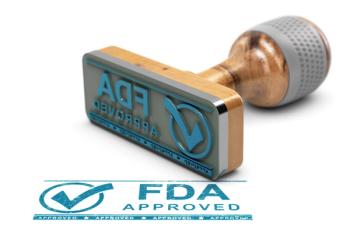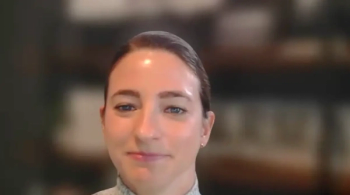
Pharmacists Ease Cancer Patients' Financial Burdens
A new study on the effects of cancer patients' financial burdens suggests that pharmacists can play a role in easing or preventing some of their stress.
A new study on the effects of cancer patients’ financial burdens suggests that pharmacists can play a role in easing or preventing some of their stress.
Lead study author Yousuf Zafar, MD, MHS, associate professor at Duke Cancer Institute, told Pharmacy Times that he relies heavily on clinical pharmacists to help determine cancer patients’ costs, especially when he prescribes oral chemotherapy.
“I usually ask our pharmacists to run the prescription through the patient’s insurance first, even before talking to the patient about the drug,” Dr. Zafar told Pharmacy Times. “This way, the patient isn’t stuck at the pharmacy with a prohibitively expensive prescription.”
Dr. Zafar also told Pharmacy Times that pharmacists play an active role in identifying financial resources for patients, including foundations and co-pay assistance programs.
For their study published in the Journal of Oncology Practice, Dr. Zafar and his fellow researchers examined patients who had either colorectal or lung cancer and were enrolled within 3 months of their diagnosis. After roughly 7 years, the researchers resurveyed the surviving patients.
Dr. Zafar and his co-authors gathered information on the impact of financial burdens by taking a look at measures of quality of life, perceived quality of care, disease status, and sociodemographic characteristics. The results showed that, of the 1000 patients, 89% were cancer-free and 11% had advanced cancer. Around 40% deemed their health care “excellent,” according to the researchers.
Nearly half of the cancer patients reported that they struggled to live on their household incomes. Younger age and lower income contributed to feelings of high financial burden, which were associated with poorer quality of life. In addition, the researchers found that patients reported better quality of life if they had fewer perceptions of poorer quality of care.
The study authors noted future studies are needed to examine interventions that could improve patient education on financial burdens.
Newsletter
Stay informed on drug updates, treatment guidelines, and pharmacy practice trends—subscribe to Pharmacy Times for weekly clinical insights.


















































































































































































































